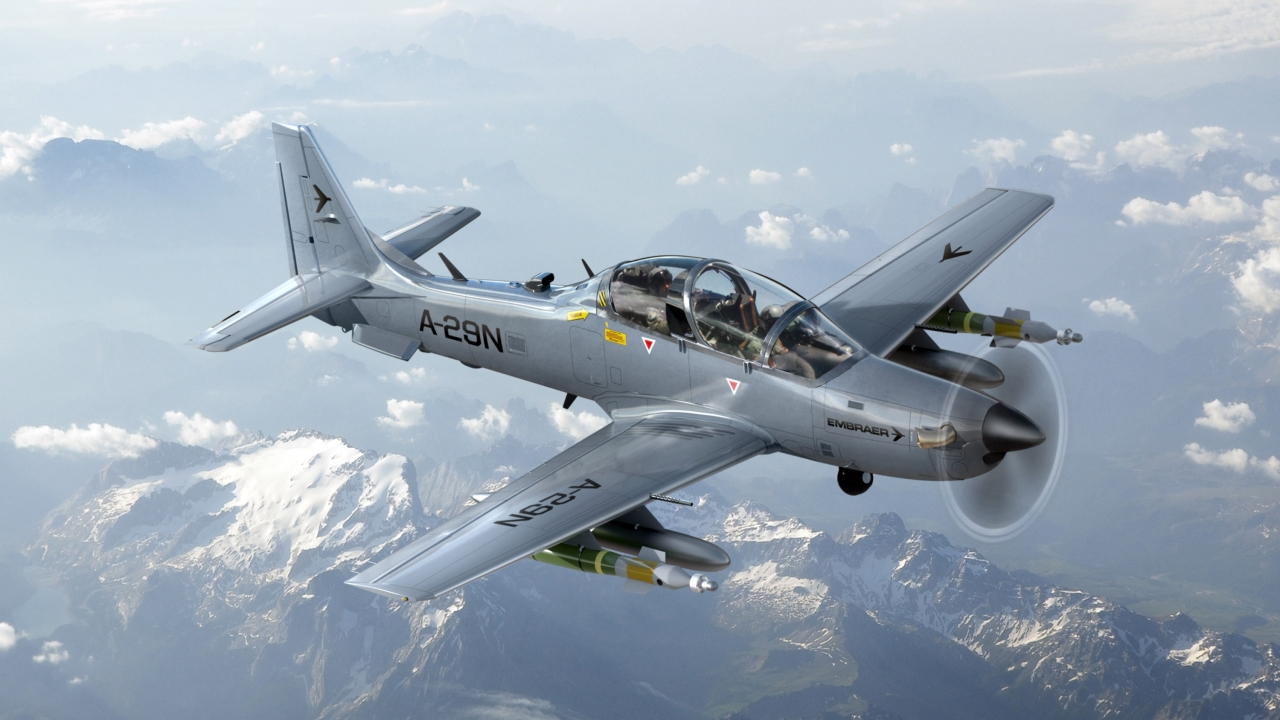Saudi's Poseidon adventure?
A deal for between four and six P-8A maritime patrol aircraft was reportedly signed during a visit to Saudi Arabia by US President, Donald Trump, and his Secretary of State, Rex Tillerson. Jon Lake reports.

The Saudi P-8A procurement – Boeing declined to give details of numbers or contract value – forms just one part of a massive naval fleet replacement programme that the kingdom has been pursuing since 2008.
Requirements for the Royal Saudi Naval Forces Eastern Fleet replacement programme were detailed in February 2015. They included three maritime patrol aircraft for coastal surveillance and 30-50 unmanned air vehicles, as well as four 3,500-tonne “frigate-like warships” that would be able to operate Sikorsky MH-60R helicopters and be capable of anti-air warfare, armed with an 8-16 cell vertical launch system (VLS) for Standard SM-2 missiles; six 2,500-tonne warships (also able to operate MH-60R helicopters) and with combat systems compatible with the frigates.
King Salman bin Abdul-Aziz Al Saud, Crown Prince Mohammed bin Naif Al Saud, and Deputy Crown Prince Mohammad bin Salman Al Saud, signed agreements or letters of intent during President Trump’s visit to purchase a wide range of military and naval equipment, which together formed the biggest arms sales deal in US history, worth $350 billion, including contracts worth $110 billion that took “immediate effect.”
The deal is understood to include a $6 billion agreement for the purchase of four Lockheed Martin Freedom-class Littoral Combat Ships (LCS). The Littoral Combat Ship is particularly well suited to the Gulf’s shallow waters and will provide a useful deterrent against Iran.
Saudi Arabia first expressed interest in buying six Boeing P-8A Poseidon maritime patrol aircraft in April 2010, at an estimated cost of $1.3 billion. The aircraft were to have formed part of the wider naval modernisation programme, and were to have been delivered alongside Sikorsky MH-60R Seahawk helicopters, and Northrop Grumman Fire Scout unmanned helicopters.
It is believed that a Boeing P-8A Poseidon order was agreed in 2015, although it was not finally signed and announced until this year.
The P-8A Poseidon is a maritime patrol and anti-submarine warfare aircraft derived from the Boeing 737-800 airliner, optimised for hunting submarines from high altitude, using an innovative, if unproven, multistatic active sonobuoy system and an equally unproven high-altitude concept of operations (CONOPS).
Saudi Arabia will be the sixth customer for the P-8A, joining the United States, India, Australia, the United Kingdom, and Norway. It is not known whether Saudi Arabia will order the US Navy standard P-8A, or specify an aircraft with additional capabilities, as India did.
Saudi Arabia has not previously operated a long-range maritime patrol aircraft (MPA), but has opted for what is widely believed to be the most capable, most advanced and most expensive MPA available. It is an aircraft with much greater range and endurance than the Saudi requirement would seem to demand.
The order may lead other Gulf nations to seek to acquire their own anti-submarine warfare aircraft, or to recapitalise their ASW aircraft fleets, but whether it will lead to more P-8A orders in the region remains uncertain.
It has not been revealed whether the Saudi P-8As will be operated by the Royal Saudi Naval Forces or by the Royal Saudi Air Force, and no delivery schedule has been released, though it is unlikely that any Saudi P-8A would enter service much before 2021-2022 at the earliest.
The latest arms deal also included up to 150 Sikorsky S-70 Blackhawk and 48 Boeing CH-47F Chinook helicopters, terminal high-altitude air defense (THAAD) integrated air and missile defence systems, radar systems, surveillance systems, and tactical aircraft.
Lockheed Martin and Taqnia will form a joint venture to support the final assembly of an estimated 150 S-70 Black Hawk utility helicopters for the Saudi Government, while Alsalam Aerospace Industries, Saudi Aerospace Engineering Industries and Boeing are forming a Saudi Rotorcraft Support Center joint venture.
It has been reported that the majority of the deals signed by President Trump were actually finalised during the Obama administration, but have only now come into effect.
Stay up to date
Subscribe to the free Times Aerospace newsletter and receive the latest content every week. We'll never share your email address.

